-
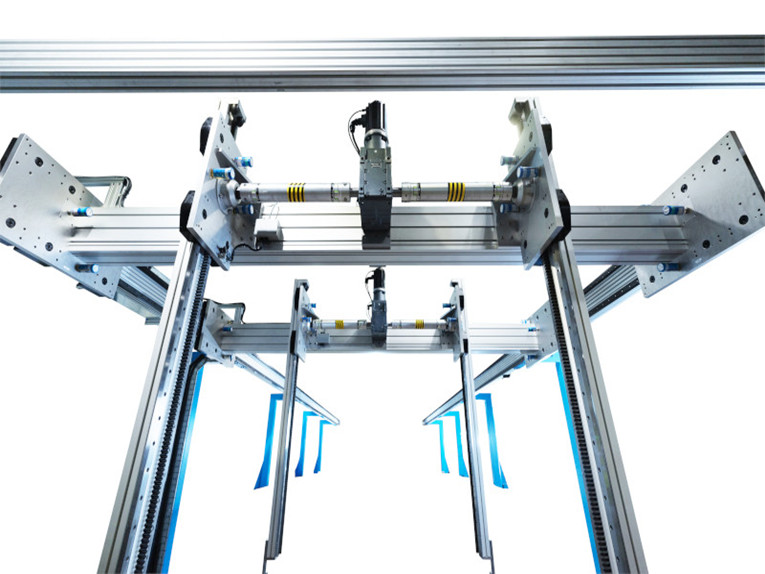
WHAT TO KNOW ABOUT PICK AND PLACE ROBOTS
Haven’t most of us, during childhood, once hoped for a robot that could pick up our toys, place them back and organize them so that our parents wouldn’t scold us for making a mess? Today, it has become reality. Although robots are not yet picking and placing items in our homes, they are doing ...Read more -
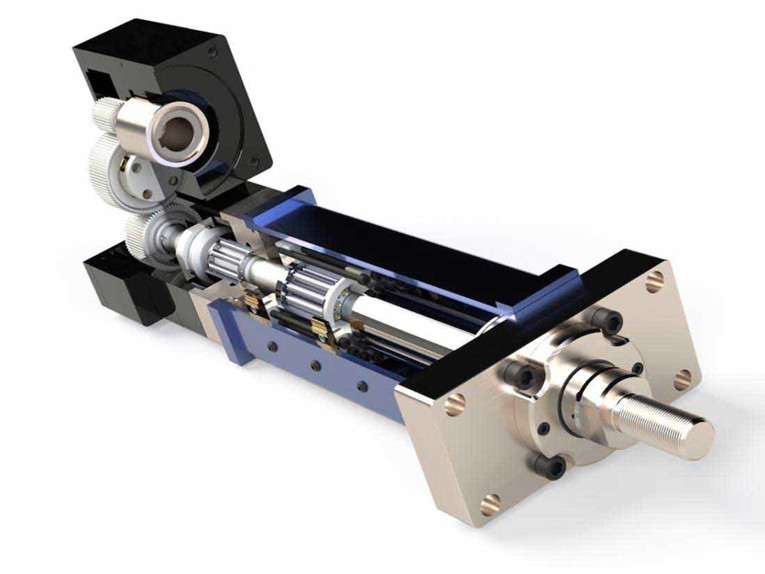
What are Linear Actuators and Their Applications?
A linear actuator is a device used to move or control the circular motion linear-direction using a centralized control signal. The control signal helps the motor to move forward and backward any mechanism in a straight line. The pull and push motion enables the device to perform multiple functio...Read more -
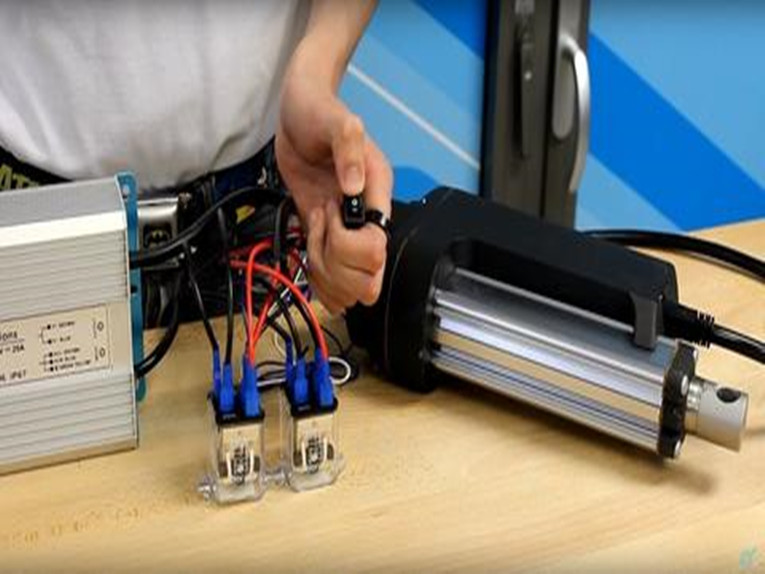
Rules for Actuator and Guide Alignment in Linear Motion Systems
Following a few simple guidelines for designing linear motion systems can improve system performance and actuator life. Many automated machines rely on linear guidance components, such as profiled rail, round rail or other rolling or sliding bearing structures, to guide and support the moving el...Read more -
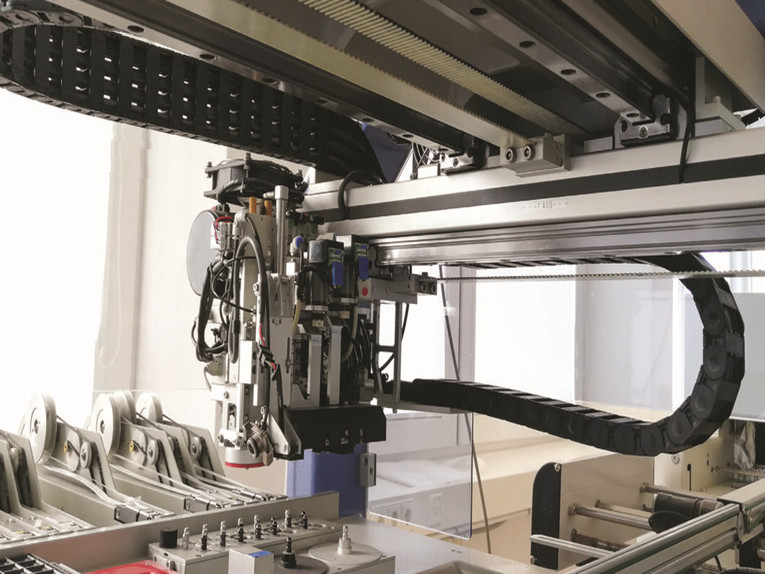
What are Linear Actuators and How are They Sized?
Linear actuators provide important functions to a range of medical devices such as medical beds, operating tables, and dental chairs. A linear actuator is a mechanical device that converts energy to create straight-line motion to either lift, tilt, or move mechanical legs in and out, depending o...Read more -
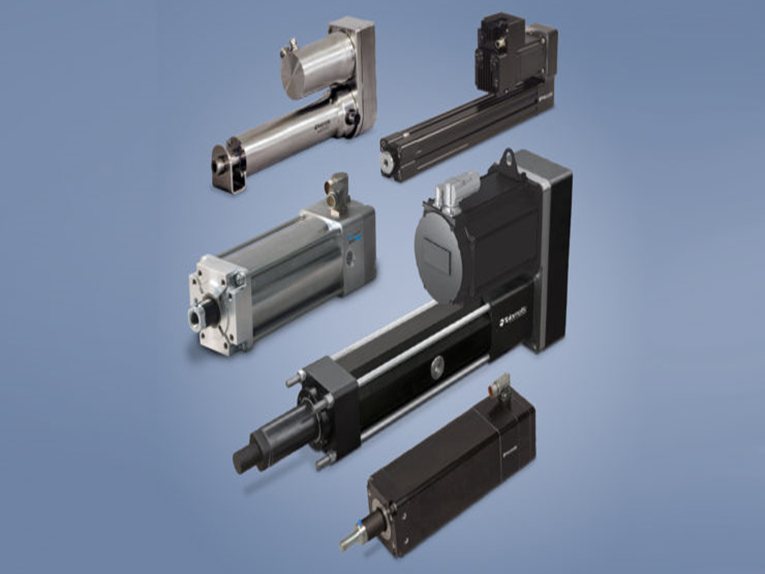
Linear motion in medical applications: Linear actuators in patient lifts, beds, and tables
Moving a patient in a hospital or medical facility doesn’t always involve racing down a hallway with the patient in a wheelchair or on a gurney. Very often, a patient simply needs to be moved from a lying or sitting position to a standing position (or vice-versa). Even for patients who possess s...Read more -
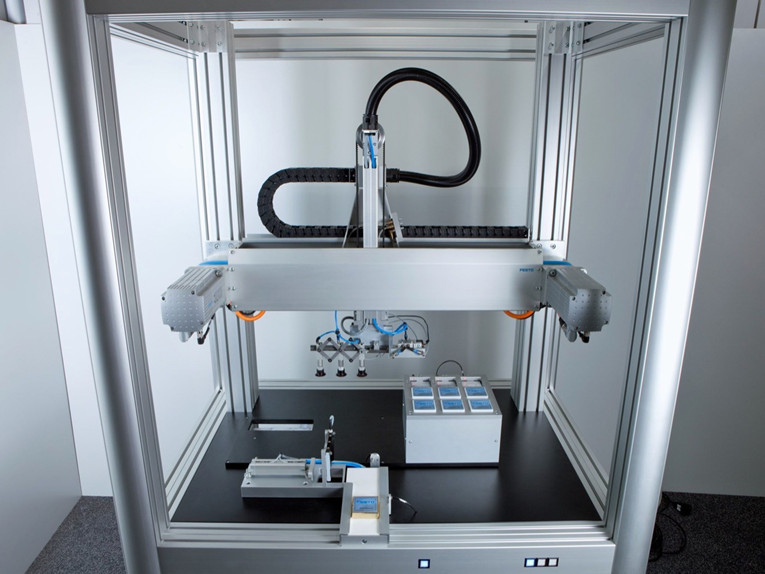
WHAT YOU SHOULD KNOW ABOUT CARTESIAN ROBOTS
What is a Cartesian Robot? Machines that operate on Cartesian coordinate systems have been staples in factories for decades. 3D printers, laser-cutters, and CNC machines are examples of devices that use the same principle as Cartesian robots. What sets these robots apart from others is their con...Read more -
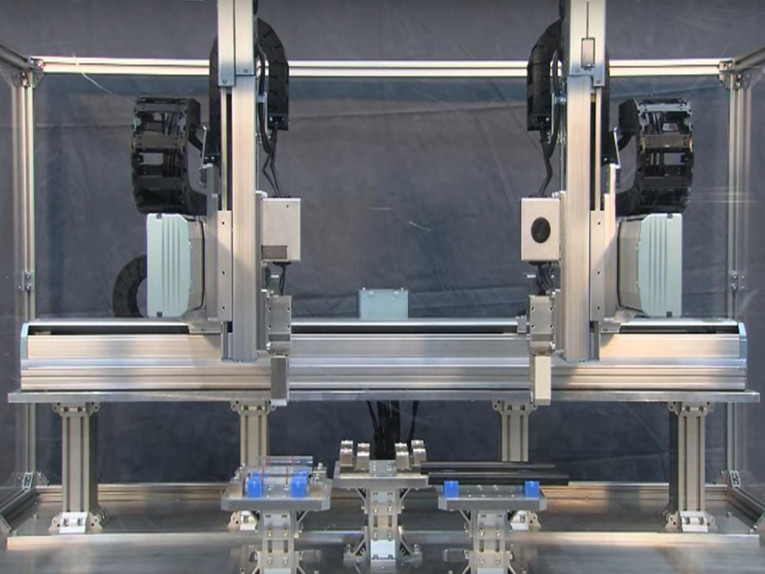
Robots: How to Choose the Right One
Available in a range of performance capabilities and prices, robots are becoming ubiquitous in all types of industrial production operations. Understanding the capabilities of each robot type is key to making the best choice for your business. For a half-century, the image of the large, six-axis...Read more -
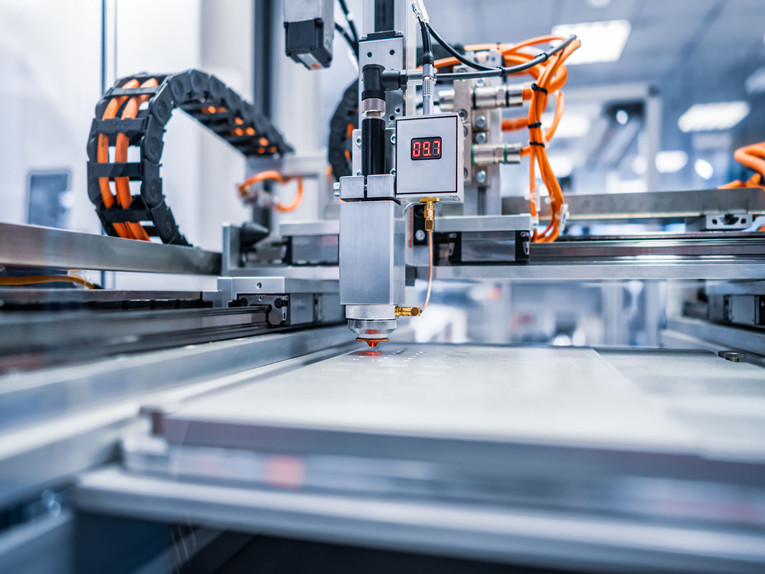
What is a Cartesian Robot?
Opposed to another type of robot or multi-axis system. First, a Cartesian system is one that moves in three, orthogonal axes — X, Y, and Z — according to the Cartesian coordinates. (Although it should be noted that a rotary axis — in the form of an end effector or end of arm tooling — is sometim...Read more -
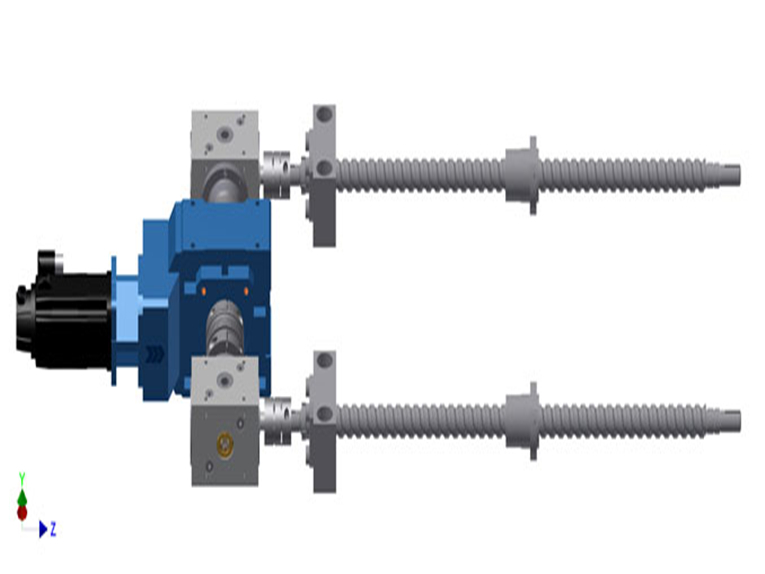
What are Some Linear Motion Options for Moving Multiple Loads Independently?
From a mechanical standpoint, one of the more challenging applications in linear motion has traditionally been to move two or more loads independently, as is required in some handling, transport, and inspection applications. While using multiple linear systems, or preassembled actuators, is a si...Read more -
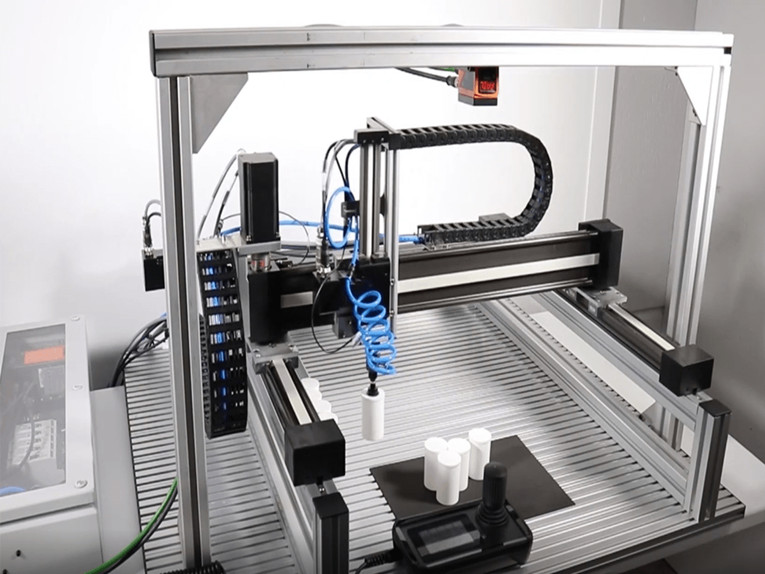
Part 2 – What is racking in gantry systems, and how can it be avoided?
In Part 1 of this post, we looked at various methods of driving the X axes in gantry systems and how the drive method can influence the gantry’s tendency to experience racking. Another factor that can cause racking in gantry systems is lack of mounting accuracy and parallelism between the two X ...Read more -
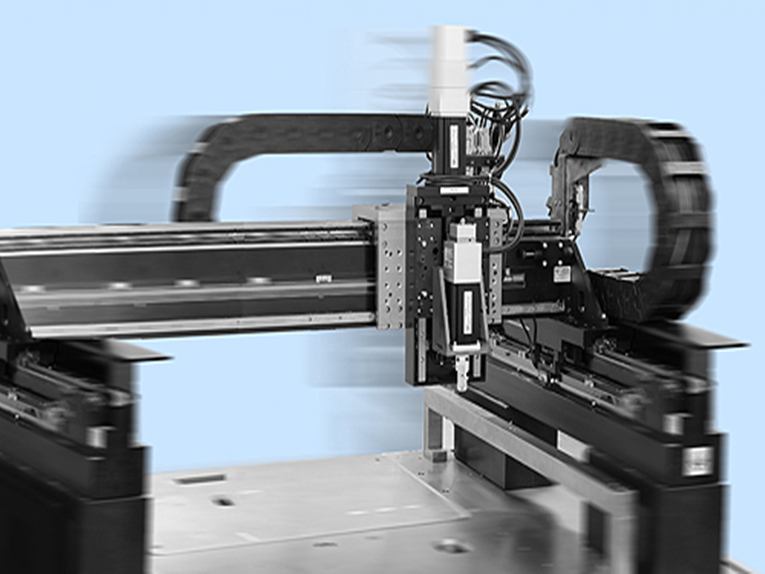
Part 1 – What is Racking in Gantry Systems, and How Can it be Avoided?
Gantries differ from other types of multi-axis systems (such as Cartesian robots and XY tables) by using two base (X) axes in parallel, with a perpendicular (Y) axis connecting them. While this dual X-axis arrangement provides a wide, stable footprint and allows gantry systems to deliver high lo...Read more -
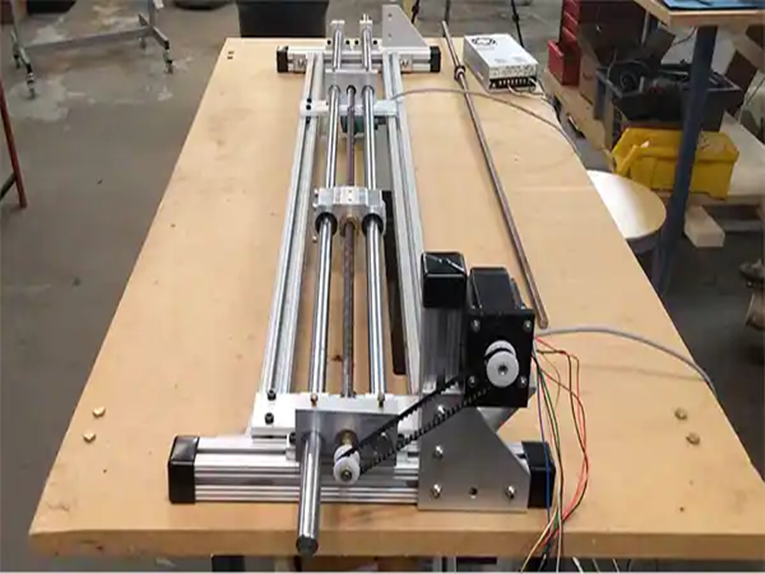
What Makes a Linear Stage Different from Other Types of Linear Motion Systems?
Linear motion systems — consisting of a base or housing, a guide system, and a driving mechanism — are available in a wide variety of designs and configurations to suit almost any application. And because their designs are so varied, they’re often categorized according to key construction and op...Read more








